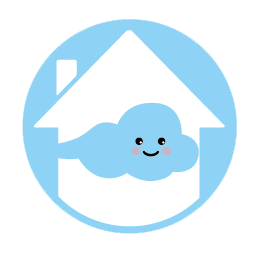
Make your indoor air as clean and comfortable
HEPA stands for High-Efficiency Particulate Air and a HEPA filter is a type of mechanical air filter. It works by forcing air through a fine mesh that traps harmful particles such as pollen, pet dander, dust mites, and tobacco smoke.
Signs of an indoor air problem
Odors and damaged surfaces
While you can’t see the air in your home, there are signs you can look for to tell if there’s something wrong. Red flags may include musty odors, condensation on windows, discoloration of walls or ceilings, loose drywall tape, wood warping, and peeling or chipping of paint.
Headaches and other health symptoms
How you feel is also a good indicator of whether or not you have a problem with indoor air quality. If you can breathe easier when you’re away from home, your home’s air may not be as healthy as it should be.
How Much Can HEPA Filter Help?
Using a HEPA filter in your home can remove most airborne particles that might make allergies worse. But the particles suspended in air are not the only ones in your home. There are far more in your rugs, bedding, and drapes, and resting on countertops and tabletops. So it’s important to keep these areas clean. It’s also important, when possible, to get rid of the source of allergens and irritants. For example, the only effective way to keep tobacco smoke out of your home is to not smoke.
These filters can be part of a plan to remove irritating particles from your home. Other parts of that strategy should be to:
- Vacuum frequently.
- Replace carpets with wood, tile, or vinyl flooring.
- Keep pets outdoors if you are allergic to pet dander or at least away from your sleeping area.
- Change bedding frequently and wash sheets in hot water.
- Replace draperies and curtains with roll up shades.
- Use plastic covers over mattresses and pillows.
- Use high-efficiency furnace filters.

